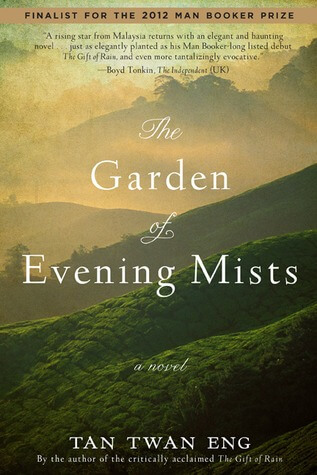Remembrance and forgetting guide the multilayered narratives of Tan Twan Eng’s Book-prize-nominated The Garden of Evening Mists. So important are they that they’re personified as statues of twin goddesses within the titular Japanese-style garden that is found high in the mountains of Malaya.
“The first stone in my life had been set down years ago, when I had heard of Aritomo’s garden. Everything that had happened since then had brought me to this place in the mountains, this moment in time. Instead of consoling me, this knowledge left me fearful of where my life would lead.
I began to speak. “
– The Garden of Evening Mists, Tan Twan Eng
Remembrance and forgetting guide the multilayered narratives of Tan Twan Eng’s luminous, Booker Prize nominated The Garden of Evening Mists. So important are they that they’re personified as statues of twin goddesses within the titular Japanese-style garden that is found high in the mountains of Malaya. Teoh Yun Ling, a senior judge retiring from the Malaysian bench, is caught between different periods of her life, of remembering and forgetting.
Yun Ling has kept the reason for her retirement, and her subsequent return to the Cameron Highlands, secret from all but a few people: she has been diagnosed with aphasia, which means she will slowly lose her memories and her ability to process the meaning of words at all. Terrified but determined, she flees to the tea estate that once belonged to Aritomo Nakamura, a Japanese expatriate fabled for being the disgraced gardener of the Japanese emperor. This is not the first time she has made this journey. When she was 19, she and her sister Yun Hong were captured by the Japanese. The more attractive Yun Hong was pressed into service as a “comfort girl” for the soldiers. Ironically, her only escape came in the form of daydreams about Japanese gardens, an art form she fell in love with when the family visited Japan years earlier.





